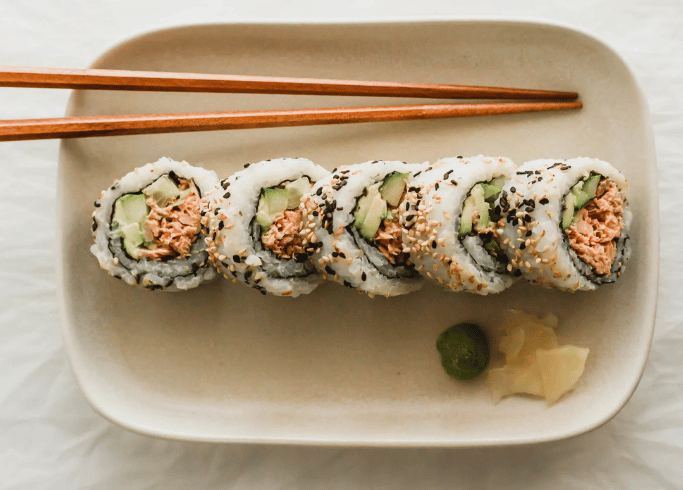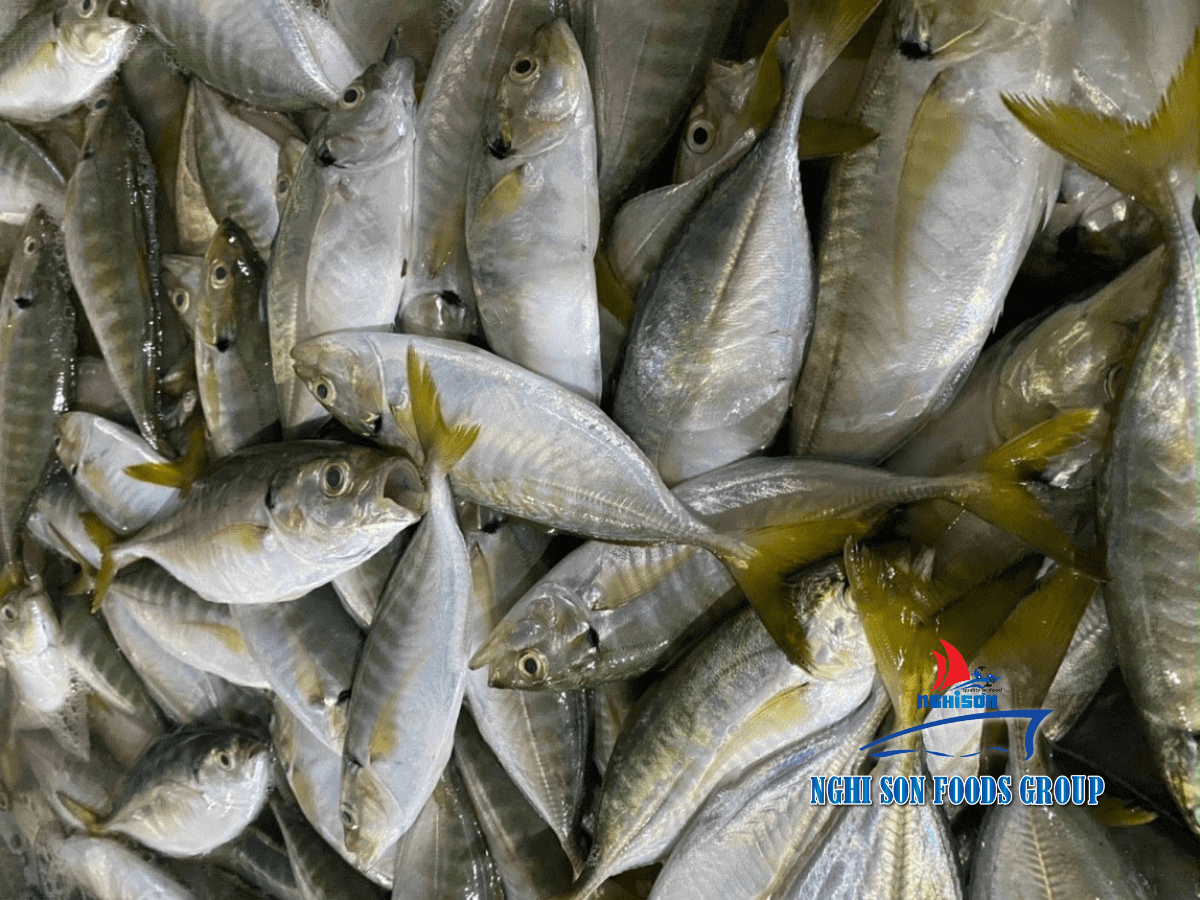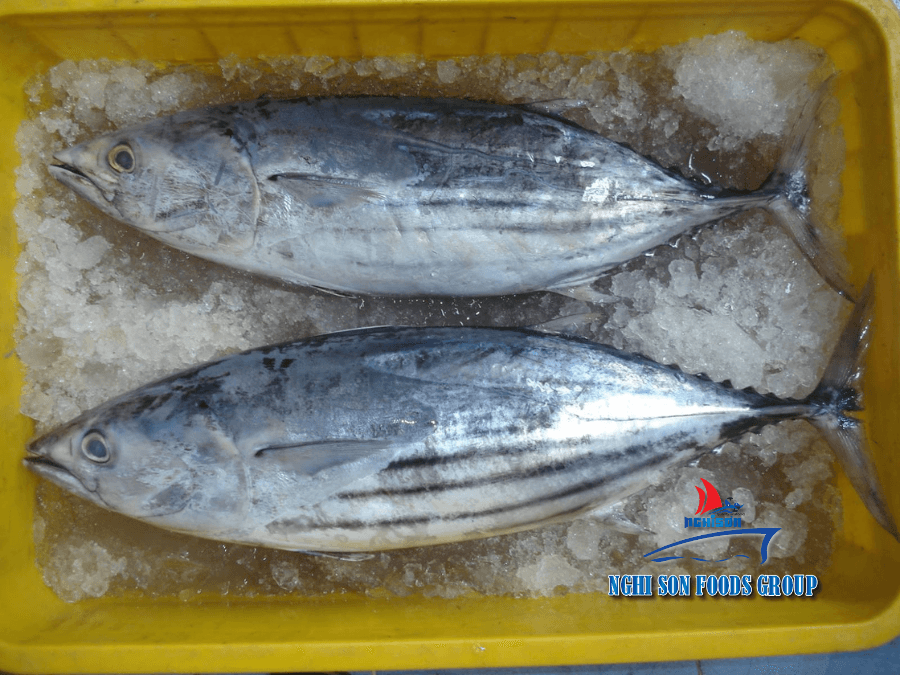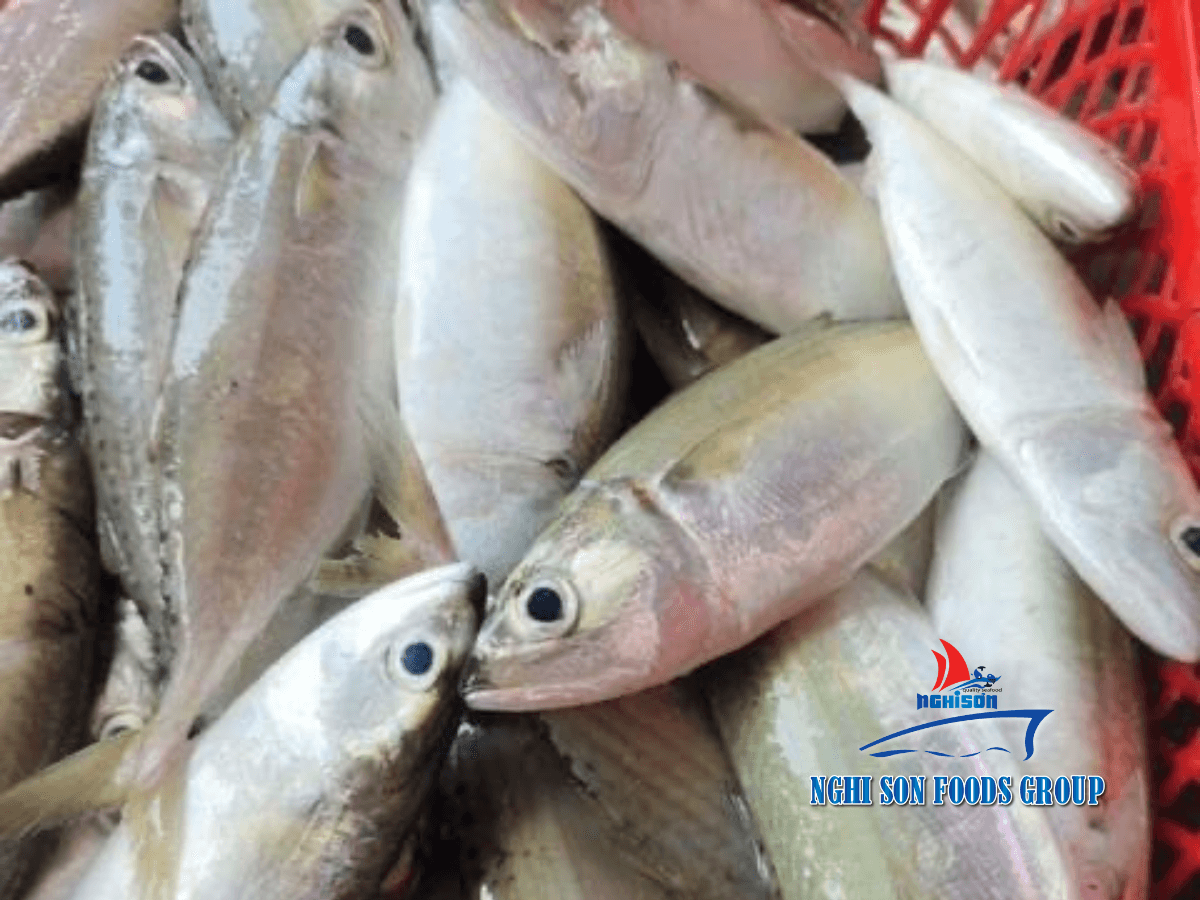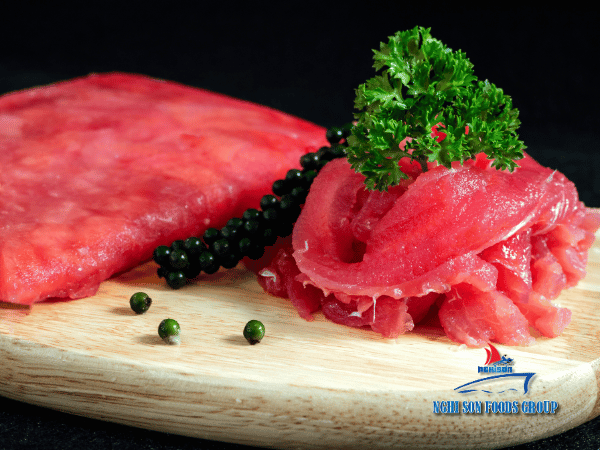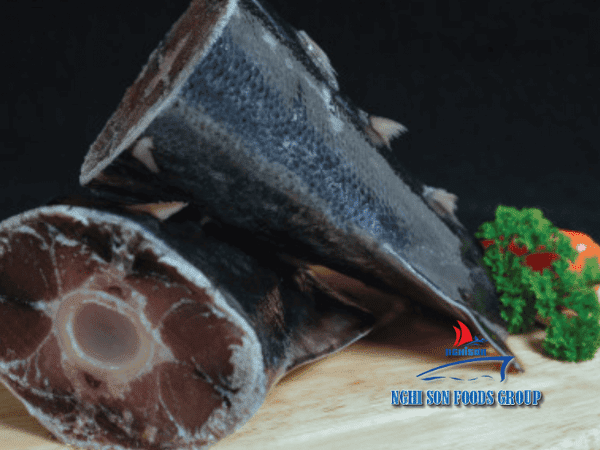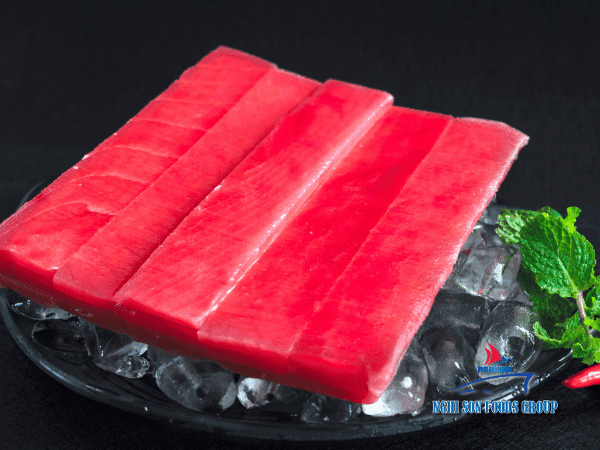Cell-based shrimp and seafood is being developed by Shiok Meats, a start-up founded by scientists Sandhya Sriram and Ka Yi Ling in Singapore. The company uses stem cells from locally farmed, antibiotic-free shrimps to make real seafood meats. Shiok Meats’ first product, a cell-based shrimp dumpling, will be sold in Singapore by the end of next year, with plans to expand to Hong Kong, India and Australia.
The company aims to reduce the cost of producing its products from US$5,000 per kilogram to US$50 per kilogram by investing in research and development.
Table of Contents
ToggleThe rise of alternative protein
The alternative protein industry is predicted to be worth US$140 billion by 2029. The industry has seen the rise of plant-based meat alternatives, such as Beyond Meat, Omnimeat and Impossible Foods. Cellular agriculture is a growing interest around the world, and start-ups such as BlueNalu and Avant Meats are working on creating fish fillets from cells and researching cell-based fish and seafood protein products, respectively.
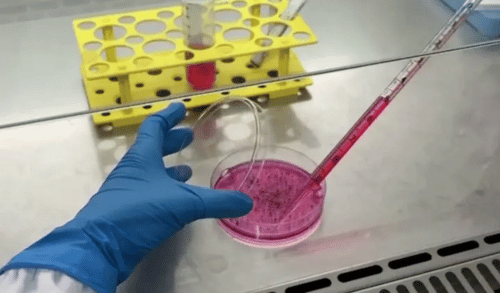
Cellular agriculture has the potential to revolutionise food production and reduce reliance on factory farming. The industry has the potential to disrupt the seafood industry, which provides 17% of all animal protein consumed worldwide, generating about US$135 billion in export revenues a year and provides jobs or incomes for about one in 10 people, according to the Food and Agriculture Organisation of the United Nations (FAO). The seafood industry is accused of using child and forced labour, human trafficking and poorly regulated fisheries, leading to severe depletion of fisheries.
Sustainability, the main advantage of cell-based food technology
Sustainability is the main advantage of the cultivated meat industry, as it is clean and has no antibiotics, heavy metals, microplastics or animal cruelty. Farmed shrimp has a huge environmental cost, and a kilogram of farmed shrimp is responsible for almost four times the greenhouse-gas emissions of a kilogram of beef. Cellular agriculture not only reduces demand for agricultural land and agrochemicals but also rejuvenates natural landscapes and wildlife populations, bringing balance to biodiversity and ecosystem functioning.
Conclusion
Cellular agriculture is an exciting and revolutionary technology that has the potential to disrupt the seafood industry, providing a sustainable and healthy alternative to factory farming. While there is much to be done to reduce the cost of production, the rise of alternative protein companies shows that there is a growing interest in alternative and sustainable food sources.




